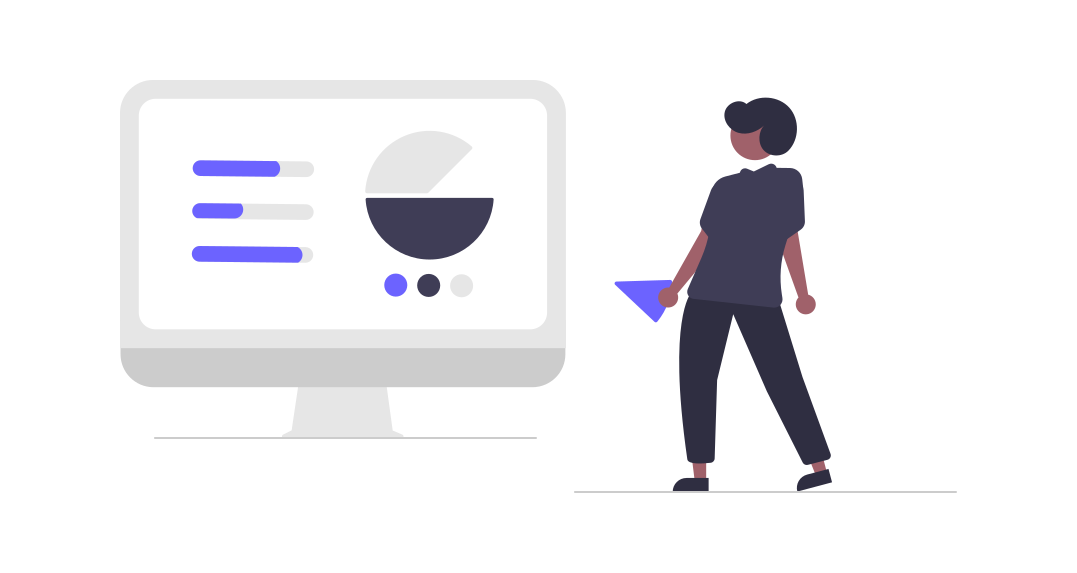In the world of B2B (business-to-business) marketing, customer segmentation is a critical strategy that enables companies to effectively target and engage specific groups of potential clients. By dividing a broad customer base into smaller, more manageable segments, businesses can tailor their marketing efforts to meet the unique needs and preferences of each group, thereby increasing the effectiveness of their campaigns and driving better results. This blog will delve into the basics of B2B customer segmentation, explaining its importance and outlining the key steps involved in the process.
What is B2B Customer Segmentation?
B2B customer segmentation involves categorizing a business's clients and potential clients into distinct groups based on shared characteristics. These characteristics can include industry, company size, geographic location, purchasing behavior, and more. The primary goal of segmentation is to enable more precise targeting, ensuring that marketing messages resonate with each specific segment.
Importance of B2B Customer Segmentation
-
Enhanced Personalization: By understanding the unique needs and preferences of each segment, businesses can create personalized marketing messages that are more likely to resonate with their audience. This personalization can lead to higher engagement rates and, ultimately, more conversions.
-
Efficient Resource Allocation: Segmentation helps businesses allocate their marketing resources more effectively. By focusing efforts on the most promising segments, companies can achieve better results without wasting resources on less profitable groups.
-
Improved Customer Retention: When marketing messages are tailored to meet the specific needs of each segment, customers are more likely to feel understood and valued. This can lead to increased customer loyalty and retention.
-
Competitive Advantage: Businesses that effectively segment their customer base can gain a competitive edge by delivering more relevant and timely marketing messages than their competitors.
Key Steps in B2B Customer Segmentation
1. Identify Segmentation Criteria
The first step in the segmentation process is to identify the criteria that will be used to divide the customer base. Common segmentation criteria in B2B marketing include:
- Industry: Grouping customers by industry can help businesses tailor their messaging to address industry-specific challenges and needs.
- Company Size: Different-sized companies often have different purchasing behaviors and budget constraints. Segmenting by company size allows for more targeted marketing.
- Geographic Location: Location-based segmentation can be useful for addressing regional market trends and preferences.
- Purchasing Behavior: Understanding the purchasing behavior of different segments can help in creating more effective marketing strategies.
2. Collect and Analyze Data
Once the segmentation criteria have been identified, the next step is to collect data on the existing customer base. This data can come from various sources, including CRM systems, sales records, and market research. Analyzing this data will provide insights into the characteristics and behaviors of different segments.
3. Create Customer Profiles
Based on the data analysis, businesses can create detailed profiles for each customer segment. These profiles should include information on the segment’s needs, preferences, and pain points. Customer profiles serve as a foundation for developing targeted marketing strategies.
4. Develop Segment-Specific Strategies
With customer profiles in hand, businesses can develop marketing strategies tailored to each segment. This includes crafting personalized messages, choosing the right marketing channels, and designing campaigns that address the unique needs of each group.
5. Implement and Monitor
After developing segment-specific strategies, the next step is implementation. Businesses should monitor the performance of their segmented marketing campaigns and make adjustments as needed. Regularly reviewing and refining segmentation strategies ensures that they remain effective over time.
Challenges in B2B Customer Segmentation
While B2B customer segmentation offers many benefits, it also comes with its own set of challenges:
- Data Quality: Effective segmentation relies on high-quality data. Inaccurate or incomplete data can lead to incorrect segmentation and ineffective marketing strategies.
- Changing Market Conditions: The business environment is constantly evolving. Segmentation strategies must be regularly reviewed and updated to stay relevant.
- Resource Intensive: Developing and maintaining segmentation strategies can be resource-intensive, requiring time, effort, and investment.
Conclusion
B2B customer segmentation is a powerful tool that can significantly enhance the effectiveness of marketing efforts. By understanding and addressing the unique needs of different customer segments, businesses can deliver more personalized and relevant marketing messages, leading to higher engagement, increased conversions, and improved customer retention. Despite the challenges involved, the benefits of effective segmentation make it a worthwhile investment for any B2B company looking to gain a competitive edge in the market.


